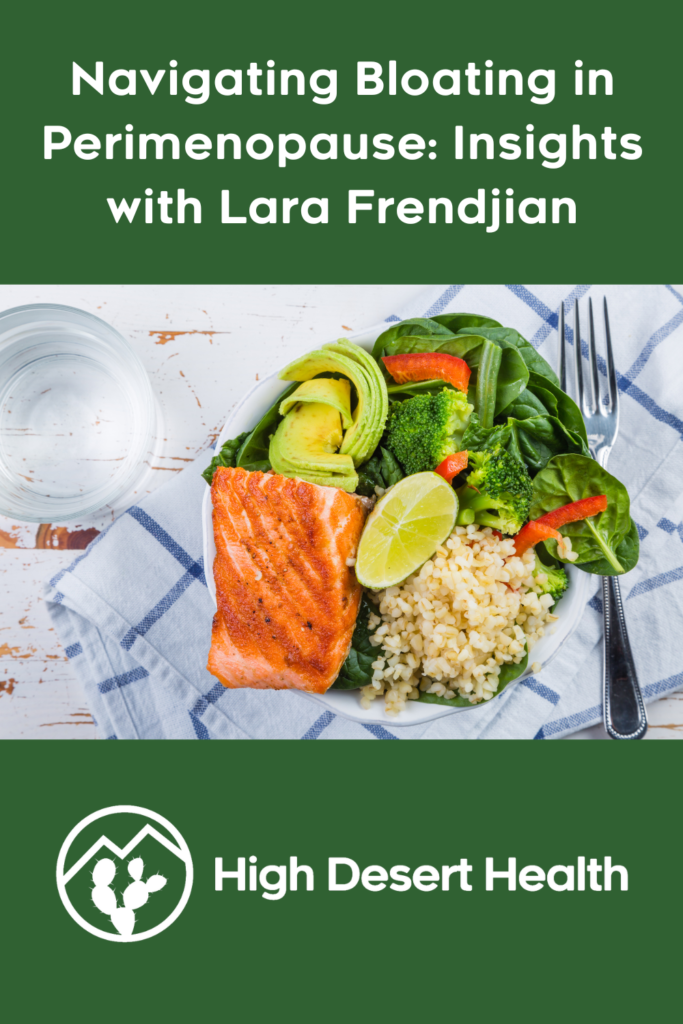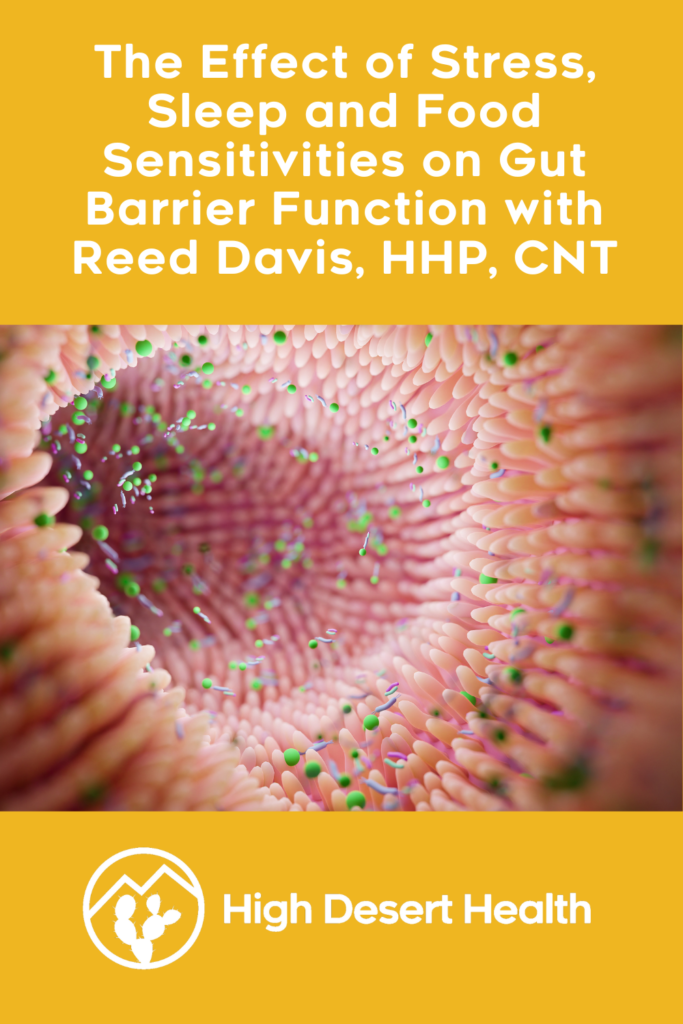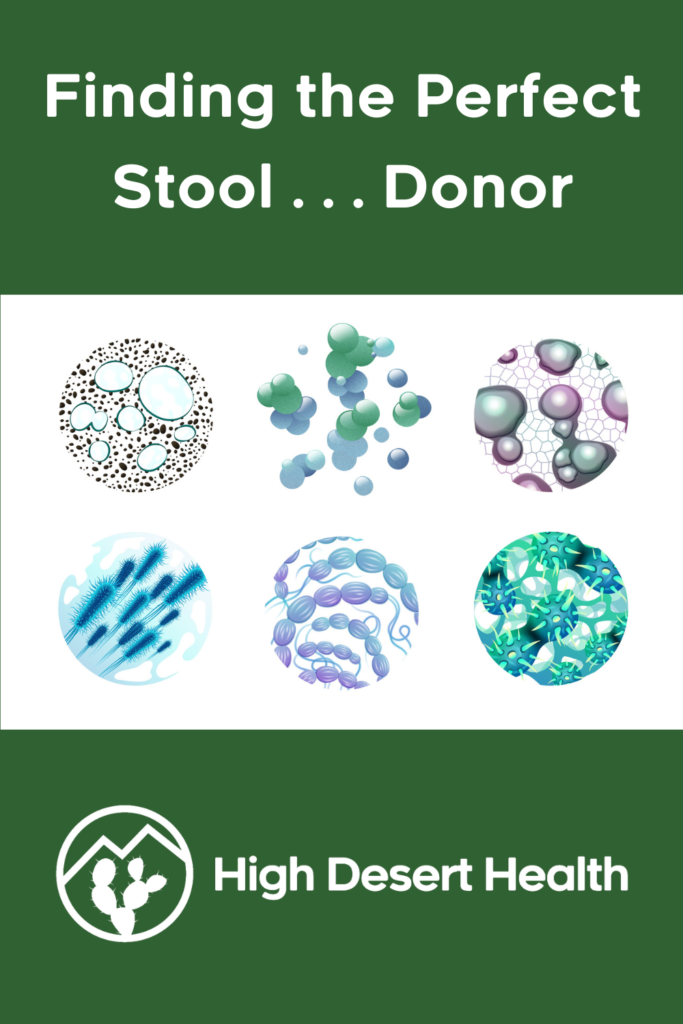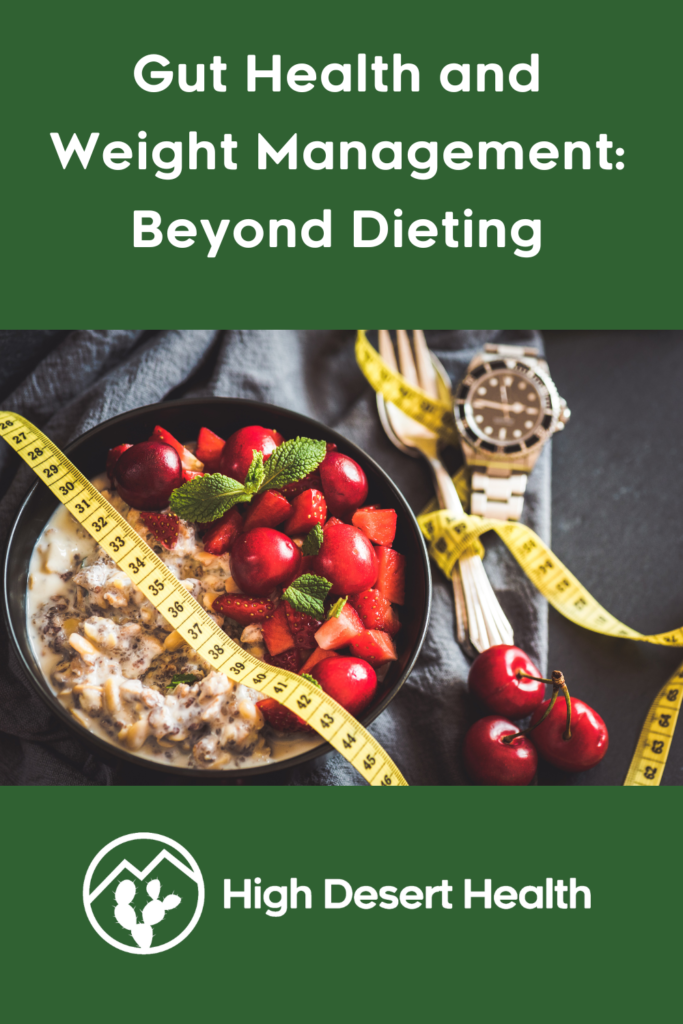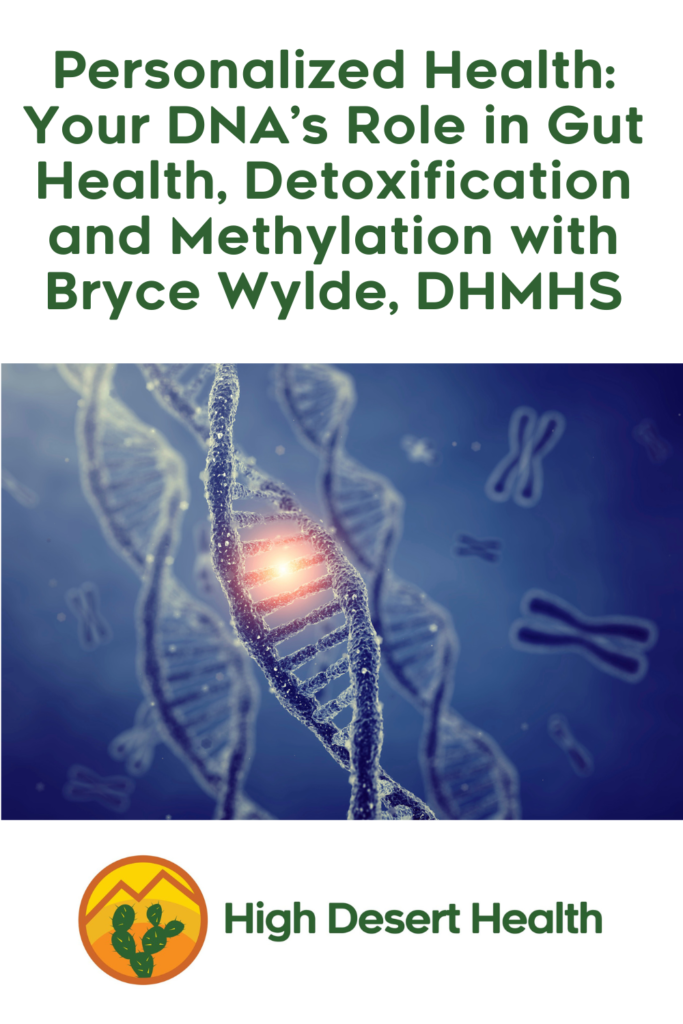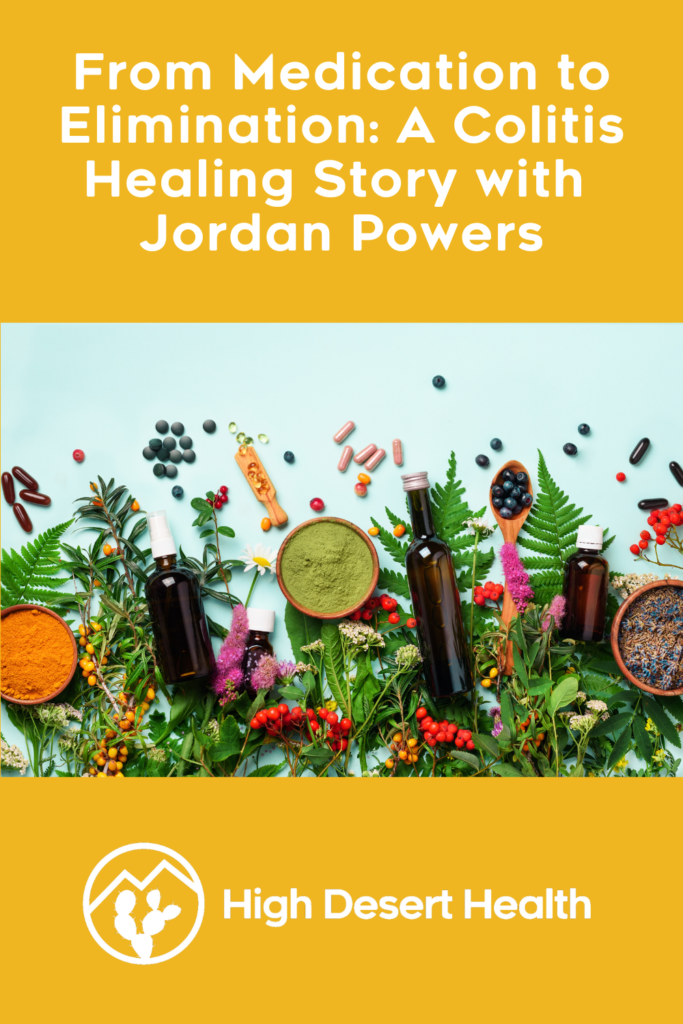
Adapted from episode 117 of The Perfect Stool podcast with Lindsey Parsons, EdD, and edited for readability.
My fellow bloating friends, if there’s anyone who can relate to bloating, it is most certainly me. Although I haven’t had SIBO my whole life, I have certainly dealt with bloating at least since my teens, when anytime I ate too much, I’d have a food baby and feel miserable. But once I got SIBO, it was on a whole other level, with the bloating happening before I even got up from the table, with almost any meal, and often continuing through to the morning, waking up bloated. Some clients don’t really know if they’re bloated, and I usually say, then you’re probably not, because it’s just a distinct feeling that is not like extra fat on your belly that’s soft and giggly, it’s like distension that’s tight and sort of hard and feels like you have a balloon inside you. At my worst I can easily pass for 6 months pregnant after eating.
So I’ll start with the most obvious causes of bloating just to get them out of the way, but this podcast is specifically about why you may be bloated if you don’t have one of these functional causes falling under the label of dysbiosis, or the wrong bugs in your gut. If you’ve already done functional stool and organic acids testing and nothing came up, you can jump down to the question: “Does low stomach acid cause bloating?” and continue reading from there.
So the most common cause of bloating is SIBO, or small intestine bacterial overgrowth, which is usually caused by stagnation in the small intestine due to a variety of causes, the principal being an episode of food poisoning in the past, and by that I mean it could have happened years before, as well as medications like PPIs, steroids and antibiotics. Any stagnation in the small intestine leads to a buildup of excess bacteria and general dysbiosis, or an overgrowth of the wrong types of bacteria. If you have mostly hydrogen producing bacteria, you’ll usually also have occasional diarrhea, usually soft or loose and messy stool, but sometimes you’ll have normal stool, depending on what you’ve eaten.
If your overgrowth is of hydrogen sulfide producing bacteria, then you’ll likely also have gas that smells like sulfur or rotten eggs and excessive belching and diarrhea or loose stool. I just did a whole episode on that, number 114 from early February 2024. Other possible signs of hydrogen sulfide SIBO include intolerance to sulfur-containing foods and supplements, weight loss, brain fog, exercise or stress intolerance, burning bladder syndrome, elevated heart rate, insomnia and low blood pressure after eating.
And then if you’re constipated and bloated, you may have IMO, or intestinal methanogen overgrowth, which used to be known as SIBO-C, or SIBO with constipation, which is an overgrowth of archaea (which are like bacteria but of a whole different domain) usually Methonobrevibacter smithii, which produce methane gas by metabolizing the hydrogen produced by bacteria fermenting carbohydrates. You’ll often have bloating and gas with a metallic smell when this happens, although often gas gets trapped with bad constipation so my IMO clients will often say they don’t have much gas or gas that smells.
Or if you have negative SIBO breath tests and are bloated, you can have an overgrowth of candida, or small intestine fungal overgrowth or SIFO. Candida is a normal resident of your gut but can overgrow and even become systemic in severe cases, and which can form hyphae or tail-like structures that go out between cells lining the small intestine. This can be caused by a diet high in sugar and starches, post-antibiotics, from estrogen dominance or supplementation through the pill or hormone replacement therapy or from low secretory IgA or stomach acid, which may result from chronic stress. Usually bloating after eating sweets or carbs, food sensitivities, skin issues and brain fog are signs of invasive candidiasis.
And finally, you can have parasites, which usually come with diarrhea or loose stool, anal itching, stomach pain or tenderness, nausea or vomiting, fatigue, abdominal pain or cramping, teeth grinding a night, or you may pass strange things in your stool like worms or flukes. Suspect that if you’ve recently come back from a trip to a developing country where they tell you not to drink the water and you didn’t realize that meant not to eat salads or washed fruit or brushing your teeth with the water. I’ve done podcasts on all of these things; see the show notes or you can scan back over old titles in your favorite podcast app.
Okay so on to the meat of the episode, other reasons for bloating.
Does low stomach acid cause bloating?
Let’s start with low stomach acid, which is the beginning of the digestive process. If you have bloating issues when eating meat or eggs or feel like meat just sits in your stomach and nothing moves, it may be low stomach acid or hypochlorhydria, which incidentally can lead to SIBO, because sitting food will breed bacteria. Other signs that hypochlorhydria may be at play are bad breath, no hunger in the mornings, feeling tired or nauseous after eating meat, indigestion, rotten egg smelling gas, acid reflux, hair loss in women, anemia which can be from low iron or B12 levels or hunger after eating. I actually experienced this a lot – I would feel what felt like hunger but sort of in the upper middle of my chest like mid-way up my esophagus, which was really a feeling of reflux, not hunger. Also, weak, peeling or cracked fingernails, stinky sweat, acne, and either constipation or diarrhea can be signs. There are also signs on your standard blood tests called the CMP, or comprehensive metabolic panel and CBC, or complete blood that you may have low stomach acid. So if you see one or more of these signs, you may want to test yourself: chloride levels under 100, high or low serum protein or serum globulin levels, low phosphorous levels, especially with a vitamin D deficiency, high BUN levels of 20 or more, abnormal MCV, MCH, MCHC or below normal Hematocrit or Hemoglobin, indicative of iron deficiency.
You can test yourself with a trial of Betaine HCl. Take one capsule of Betaine HCl (most of them are between 550 and 650 mg) halfway through a meal with 6 oz. of animal protein. If you feel burning or warmth in your chest, you probably have adequate stomach acid. You can always neutralize the acid with TUMS or a little baking soda in water if the burning is uncomfortable. But you should check at a few different meals to be sure. If you don’t, you can add another pill every couple days until you hit a max of 5 per meal with animal protein.
Another way to check is with the baking soda test, although I have no verification that this is actually a legitimate test. But it’s done by drinking a mixture of ¼ tsp of baking soda with 4 oz. of cold water first thing in the morning before drinking or eating anything. Time how long it takes for you to burp after drinking it. If it takes longer than 5 minutes, your body likely produces insufficient stomach acid. If you have immediate burping or you burp several times, it may be due to too much stomach acid. But just be careful you’re not having small burps from taking in air when you drink. Some possible causes of low stomach acid include chronic stress, an overgrowth of the bacteria H pylori, aging, zinc deficiency, food sensitivities, stomach cancer, autoimmune gastritis and allergy medications, specifically H2 blockers, which include Famotidine (Pepcid AC, Pepcid Oral, Zantac 360), Cimetidine (Tagamet, Tagamet HB), Nizatidine Capsules (Axid AR, Axid Capsules, Nizatidine Capsules) and Ranitidine (Zantac), which has been removed from the US market due to safety concerns.
Could low digestive enzymes be causing your bloating?
Another common reason for bloating is poor digestive enzyme production, which would be more suspect if you have issues eating vegetables, especially cruciferous ones, fruit and legumes. Signs beyond bloating that this may be the case are diarrhea or constipation, abdominal cramping, gas or poor tolerance to high fiber foods or high FODMAP foods. One possible way to test it is by eating a bowl of plain steamed broccoli and seeing how you do. You could also try digestive enzymes with a meal to see if you feel better. While many people with gut health issues have low digestive enzymes, there’s a more serious condition called exocrine pancreatic insufficiency or EPI that a doctor may diagnose you with. It may be diagnosed through a fecal elastase-1 or FE-1 test, which is also included in the stool tests I use like the GI Map* and my new favorite, the US Biotek Advanced-GI stool test*, which seems to combine the best of the GI Map and GI Effects and is in between the cost of those two. I’ve just added it to my Rupa Health Lab Shop* if you’re interested in looking at a sample report. Keep in mind, however, that low stomach acid is often at the root of low digestive enzyme production, because it’s the release of the stomach acid that triggers the release of enzymes from the pancreas. But causes of full blown EPI include chronic pancreatitis, pancreatic cancer, cystic fibrosis, nonalcoholic fatty pancreas disease, surgeries including pancreatic and gastric resections, short bowel syndrome, Crohn’s Disease, diabetes and obstruction of the pancreatic duct, celiac disease or Zolinger-Ellison syndrome. But SIBO and dysbiosis can also cause insufficient pancreatic enzymes, so that’s usually an area I support with digestive enzymes when helping people with SIBO and related gut issues. My favorites are the Pure Encapsulations Digestive Enzymes Ultra*, which are nice and small and come in big bottles at a reasonable price and there’s also ones with Betaine HCl included*, or Enzyme Science’s Critical Digestion*, which specifically have a lot of lactose and gluten digesting enzymes. And then there’s a formulation called FODMATE*, which is specifically designed for people with FODMAP issues, which are fermentable fibers found in grains and vegetables, and which would be especially relevant to someone with SIBO. And note that because food is not digested well with low pancreatic enzymes or EPI, it can also lead to SIBO.
Poor Bile Flow
Another reason for bloating is poor bile flow. Since bile’s role is to emulsify fat to prepare it for digestion, you’ll mostly likely experience this bloating and possibly stomach pain and nausea after fatty foods like pork belly, my personal downfall, and other fatty cuts of meat, cheese, high fat meals and deep fried foods. You may also have light-colored stool, greasy stools that may be foul smelling or float, diarrhea or erratic bowel movements, weight loss, stomach cramps, itchiness or jaundice, which is yellowed skin or eyes. Of course if you’ve had your gallbladder removed and aren’t supplementing with ox bile or bitters, you may need to address that. While the liver produces bile, the gallbladder stores it so it can send out a bolus when fat is detected in your duodenum. Low bile flow can also result from low stomach acid, which prompts the release of bile. Decreased secretion of bile can also come from certain drugs, sex hormones, inherited defects and ductal diseases like primary biliary cirrhosis and primary sclerosing cholangitis. There’s a long list of drugs that can cause liver damage and impact bile flow, including estrogens, NSAIDs, antibiotics, statins, metformin, antifungals and many more. I’ll link to an article on drug-induced cholestasis that lists them in a chart. And then bile ducts are most commonly blocked by gallstones, but could also be from cancers of the bile duct or pancreas, but usually you have severe abdominal pain either in the center or on the right side under your ribs, possibly spreading to your side or shoulder blade and lasting from 1-5 hours if that’s the case so the bloating won’t be your most obvious symptom. If you’re on a ketogenic diet and get this kind of pain, that’s a pretty good sign that it’s not for you, as some people’s bodies just can’t handle a high fat diet. Bitter herbs like arugula, dandelion and radicchio, lime or lemon water and rind, beets, artichokes, coffee and dandelion tea are great for promoting bile flow. Then supplements like gentian or bitters can promote bile flow and ox bile can supplement bile or you can try a Betaine HCl supplement that contains gentian like the Doctor’s Best one*. Note that low bile flow can also lead to SIBO.
Do food sensitivities cause bloating?
Food sensitivities and intolerances are another reason for bloating. While it’s not specifically a food sensitivity but rather an autoimmune disease, I’ll mention that celiac disease that’s undiagnosed and untreated through the avoidance of gluten can cause bloating, as can gluten sensitivity, dairy sensitivity, lactose intolerance or other food sensitivities. And it could take several days for other symptoms to manifest so sometimes it’s challenging figuring out what you’re sensitive too, but my general rule is, it’s usually what you eat the most of, because you won’t develop a sensitivity without eating something. Some of the other most common food sensitivities are to eggs, soy, sugar, corn and nuts. Personally, I know for sure I’m lactose intolerant. I used to just feel unwell after eating ice cream. My stomach would hurt and I’d just have a miserable, sick feeling, but it took a while to separate that from feeling sick from eating too much, which invariably I had done when eating ice cream as it was usually a dessert some insufficient amount of time after a meal. But once I targeted it through taking lactose digestant tablets or lactase enzymes and avoiding dairy, it became really obvious when I had dairy, as I would have painful, liquid, voluminous stool that burned as it came out and often had me having hot flashes and collapsing on the bathroom rug in pain. See if you are lactose intolerant and still eat dairy, you’ll still have some gut bugs that will help break it down, but when you give it up altogether and those gut bugs decrease or disappear, then eating is much worse. But when I stopped eating dairy, I also saw most of my issues with acid reflux disappear, my mucous production decrease significantly and a good amount of bloating decrease. The easiest way to test for lactose intolerance is just by taking cheap lactose digestant pills you can get at the drugstore or nicer ones like Enzymedica’s Lacto* that also has enzymes that target casein, a potentially problematic protein in dairy, while eating dairy and seeing if it changes your symptoms. The highest lactose foods are milk, ice cream and soft cheeses; hard cheeses, butter and yogurt or kefir have much less and ghee is lactose free.
And I’m sure you recall that I’ve mentioned that I don’t really put much weight into IgG food sensitivity testing because the things that tend to come up are basically everything you’ve been eating if you have a leaky gut, which dysbiosis can cause. However, there is one test I do think is valid, which is the Mediator Release blood test from Oxford Biomedical Technologies, which tests for all 7 types of food sensitivities at the cell level. One of my recent guests mentioned it and I thought I couldn’t get access to it, but then I was very excited to find out that I was able to establish an account and get training on it, so if you’re interested in that testing, you can contact me to get it at lindsey@highdeserthealthcoaching.com. They also create a LEAP food plan for eating the foods that will help you heal that’s very successful in helping people with digestive issues that aren’t otherwise identified.
There are three other food-related issues that may be causing bloating: fructose malabsorption and intolerances to inulin and sorbitol. For fructose, some people can only deal with a small amount of it, and then any unabsorbed leftovers are fermented by microbes, creating bloating. You may also see irregular motility, abdominal pain, gas or nausea. There are only small amounts of fructose in fruit, so usually this isn’t where you’d have an issue – a medium apple has about 10 grams of fructose. But a Coke has around 40 grams of high fructose corn syrup in a 12 oz. can. Foods that may impact you if this is your issue are sodas, dried fruit, added HFCS, foods with added sugar, sauces like ketchup, pasta sauce, honey, fruit juices and desserts. An easy test would be just drinking a can of soda alone. You can also use the Food Marble* to test, if you get their food intolerances kit. You may have heard of it – it’s an at-home SIBO testing device that you can use multiple times and test and retest yourself for SIBO and food intolerances. Some of the top SIBO doctors seem to be getting behind it and I have an account, so if you want to get one with the SIBO test kit and get a discount, you can find a link in the show notes to take a look and then email me at lindsey@highdeserthealthcoaching.com so I can submit a request for you. Its price is about the same as getting one commercial SIBO test, so I think it’s a great idea if you’re starting from ground zero or have recurrent SIBO or IMO issues so you can test and retest before and after treatment.
In the Food Marble webinar training, they said that 84% of those with IBS find that food triggers their symptoms. And while most of IBS is in fact SIBO or IMO, something like 60%, for the remainder of folks, it’s not, so finding out the specific foods you react to is important. You can test your reaction to individual foods using it, as well as getting the kit to test food intolerances. And for most people, while a low FODMAP diet may be great for reducing your symptoms, you may not in fact need to avoid all high FODMAP foods, as usually only one or two types of FODMAPs cause issues, and the Food Marble could help you identify those.
If you get the device, you can get a kit to test all four food intolerances: lactose, fructose, sorbitol and inulin. And interestingly, what they have found in their test results is that lactose, which most people think is the cause of their issues, has the lowest rate of intolerance at 36%, whereas sorbitol, which is in fruit and is used as a sweetener in various things, has the highest rate at 74%.
How can I tell if I’m intolerant to sorbitol?
Symptoms of sorbitol intolerance are bloating, gas, stomach pain, diarrhea and nausea. Fruits with the most sorbitol are the fresh stone fruit like peaches, cherries and plums and dried fruit, but there’s also sorbitol in apples and pears. It’s also found in juices and jams made from those fruit, most chewing gum, light or low-calorie packaged products and processed meats. Of course it’s easy enough to look at a label to find sorbitol in packaged products, but also look for the word sorbitan. It is also used in bread baking as a humectant and will be listed as E 420 on the label, if you get a label, but if bread is sold freely from a bakery, sorbitol doesn’t have to be declared. Of course even if you’re intolerant, you will probably still be able to deal with a small amount.
And the final food you can test for intolerance with the Food Marble is inulin, which is found in garlic, onions, wheat, bananas, leeks, artichokes and asparagus, among other foods. In the Food Marble testing, inulin has the second-highest positivity rate in every country in their dataset except Spain (where it has the third-highest positivity rate). You may not suspect inulin however, because it ferments more slowly, so you may not have digestive symptoms until later in the day or even the next day. And many foods high in gluten, like bread, also have inulin, so you may have issues with bread, but for a different reason than gluten. I’ll link to a blog from Food Marble on inulin intolerance that may be helpful.
Of course doing an elimination diet is also a great way to find out if you have common sensitivities. To do that, for 3 weeks take gluten, dairy, refined sugar, corn, soy, eggs, and if you really want to be thorough, all grains, vegetables oils, shellfish, tree nuts, legumes and nightshades, which are tomatoes, eggplant, peppers and potatoes and their derivate spices, out of your diet. Then add them back, one eliminated group at a time for 2-3 days to check for a reaction. If you react, stop eating that and move to another one, if you don’t, keep it in and add another. The hardest part of an elimination diet is after the 3 week deprivation to not just add everything back in at one time because you don’t seem that improved, but often you can’t tell how badly you react to something unless you’ve had time off of it and you can’t quite recall how bad you were feeling before you started. So keeping a symptom diary with how often and how severe your symptoms were is also helpful. But an elimination diet will be less useful for more uncommon food reactions.
What else can cause bloating?
Constipation
There are several other additional things that can cause bloating. First, constipation that isn’t from IMO but rather just from a poor diet with too little fiber, some physical issue impeding motility, lack of magnesium, insufficient water intake, insufficient movement, ileocecal valve dysfunction, vagus nerve dysfunction, or hypothyroidism can cause bloating. That backup of stool can block gas from exiting and cause bloating by itself, so if your intestines are full of stool, that may be your issue. Getting the bowels moving with vitamin C (and you can always start out with a Vitamin C cleanse to clean things out entirely and determine your best dose of C (Perque C Guard for cleanse*) and magnesium citrate. I like the Natural Vitality Calm powder* starting at ½ tsp. and increasing by ½ tsp. every two days before bed in water until things get moving – it’s magnesium carbonate but turns into citrate in water. Other forms of magnesium that help with motility are magnesium oxide, sulfate and chloride.
For vagus nerve dysfunction, you can check if that’s an issue by looking at your uvula in the mirror and saying “ah ah ah” and seeing if it pulls to one side or another or goes straight up and down. If it pulls to one side, you should check out the book Accessing the Healing Power of the Vagus Nerve by Stanley Rosenberg* for exercises to fix it.
Regarding ileocecal valve dysfunction, it’s the valve that goes between the ileum, the last part of the small intestine and the cecum, the first part of the large intestine, and it can get stuck. You’ll usually have constipation (but diarrhea is also possible) and pain in your pelvic region on the right side, if that’s the case. But you could also have flu symptoms, nausea, dizziness, fainting, lower back pain, heart pain, tinnitus, bad breath, a pale face, headaches or dark circles under your eyes. If you think this may be your issue, there’s a manoevre you can do yourself to unblock this value, which I’ll link to in the show notes.
Hypothyroidism
Another possible cause of bloating and constipation as mentioned above is hypothyroidism, so if you have other symptoms like hair loss, dry skin, weight gain, feeling cold all the time and tiredness, you should get your thyroid checked to see if that may be at the root of it. Ideally that would include a TSH, Free T3, Free T4, reverse T3 and both thyroid antibodies (that’s thyroglobulin and thyroid peroxidase antibodies) if you’re symptomatic.
Meal hygiene
Another reason you could have bloating, and this is more if it’s intermittent, not constant, is poor meal hygiene. This means eating while under stress and not in rest and digest mode, but while working, multitasking, watching TV or scrolling social media, eating too much at a meal, eating too quickly or not leaving enough time to digest and let your stomach empty between meals. Ideally you’ll spend at least 20 minutes eating a meal, chew each bite 25 times, pause between bites, limit water to small sips or drink most of your water away from meals, and focus just on eating. One trick is if you tend to arrive at the table full of stress, try taking 3 breaths before starting to eat – in for 5 hold for 5, out for 7. This will switch your body into a parasympathetic state and maximize your digestive processes. Then you should leave at least 3 but more ideally 4 to 6 hours between meals, and stop eating after dinner and at least 2 hours before bedtime.
Physical Issues
And of course there are physical reasons you may be bloated, so while most people I talk to get frustrated when they see a gastroenterologist because they may not be well versed on the functional reasons for bloating, they are best suited to diagnose physical reasons for bloating. Of course some you’d be aware of but others would require an endoscopy or colonoscopy to diagnose. So physical reasons include prior gastroesophageal surgery (such as fundoplication or bariatric procedures), gastric outlet obstruction, gastroparesis, ascites (which is fluid buildup in your abdomen, usually as the result of cirrhosis of the liver), a gastrointestinal or gynecologic malignancy, small intestine diverticulosis, chronic intestinal pseudo-obstruction (a rare disorder in which intestinal nerve or muscle problems prevent food, fluid, and air from moving through the stomach and intestines, which appears to be primarily an issue discovered in childhood), or an abnormal viscerosomatic reflex, which controls gas clearance through the contraction and relaxation of the diaphragm and the muscles in your abdominal walls. I always recommend people start with conventional doctors when they have gut health issues like bloating and once they’ve exhausted their arsenal, then you can come and see me or another functional medicine practitioner about what we call functional digestive issues.
What can I do about bloating for now?
If you just need some immediate relief from bloating, you can take 2 to 3 capsules of activated charcoal* in between meals – wait at least an hour after eating or other supplements and another hour before eating again to relieve bloating. But note that activated charcoal can suck up nutrients so not something you want to take in the long-term to deal with bloating, and it can also cause constipation. So better to find the root cause.
If you are struggling with bloating, gas, burping, nausea, constipation, diarrhea, soft stool, acid reflux, IBS, IBD, SIBO, candida overgrowth, fatigue or migraines and want to get to the bottom of it, that’s what I help my clients with. You’re welcome to set up a free, 30-minute breakthrough session with me. We’ll talk about what you’ve been going through and I’ll tell you about my 3- and 5- appointment health coaching programs in which I recommend lab tests, educate you on what the results mean and the protocols used by doctors to fix the problems revealed. Or if you’re ready to jump in right away or can just afford one appointment at a time, you can set up an 1-hour consultation with me.



